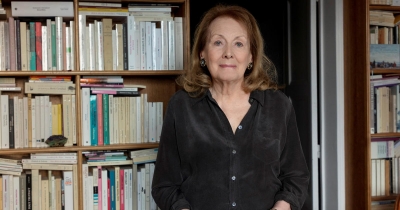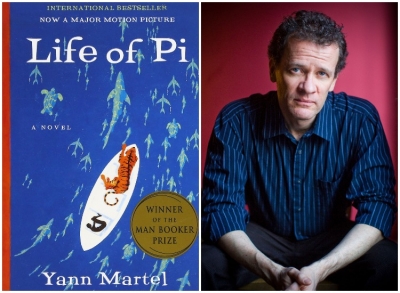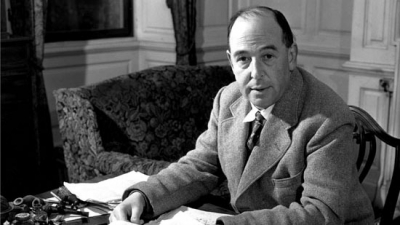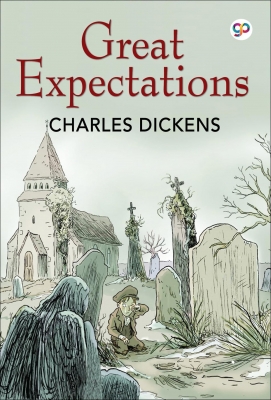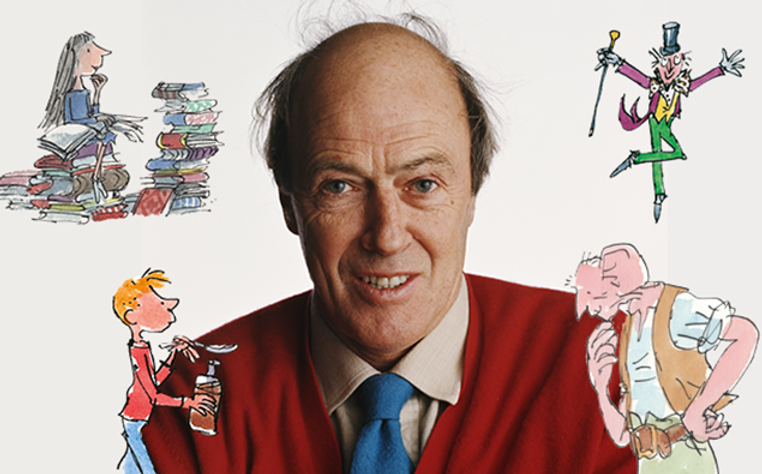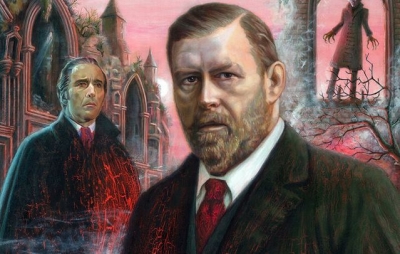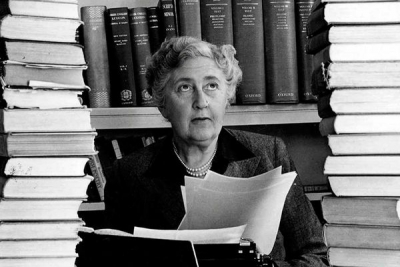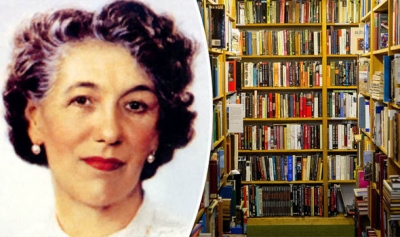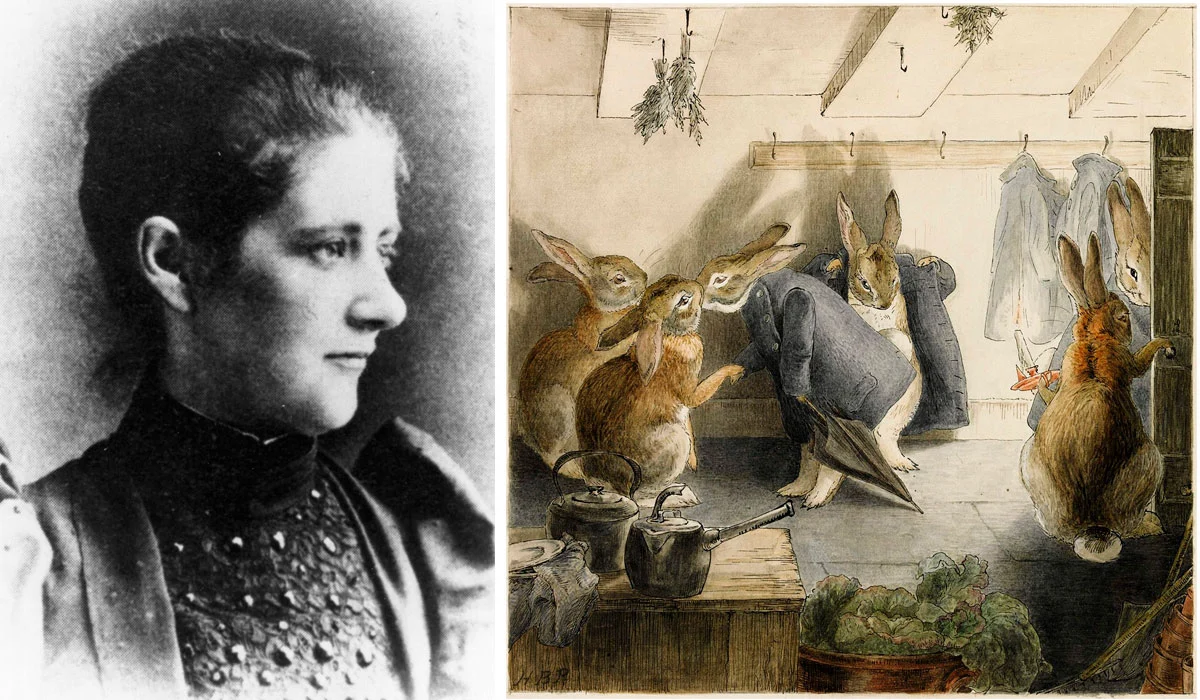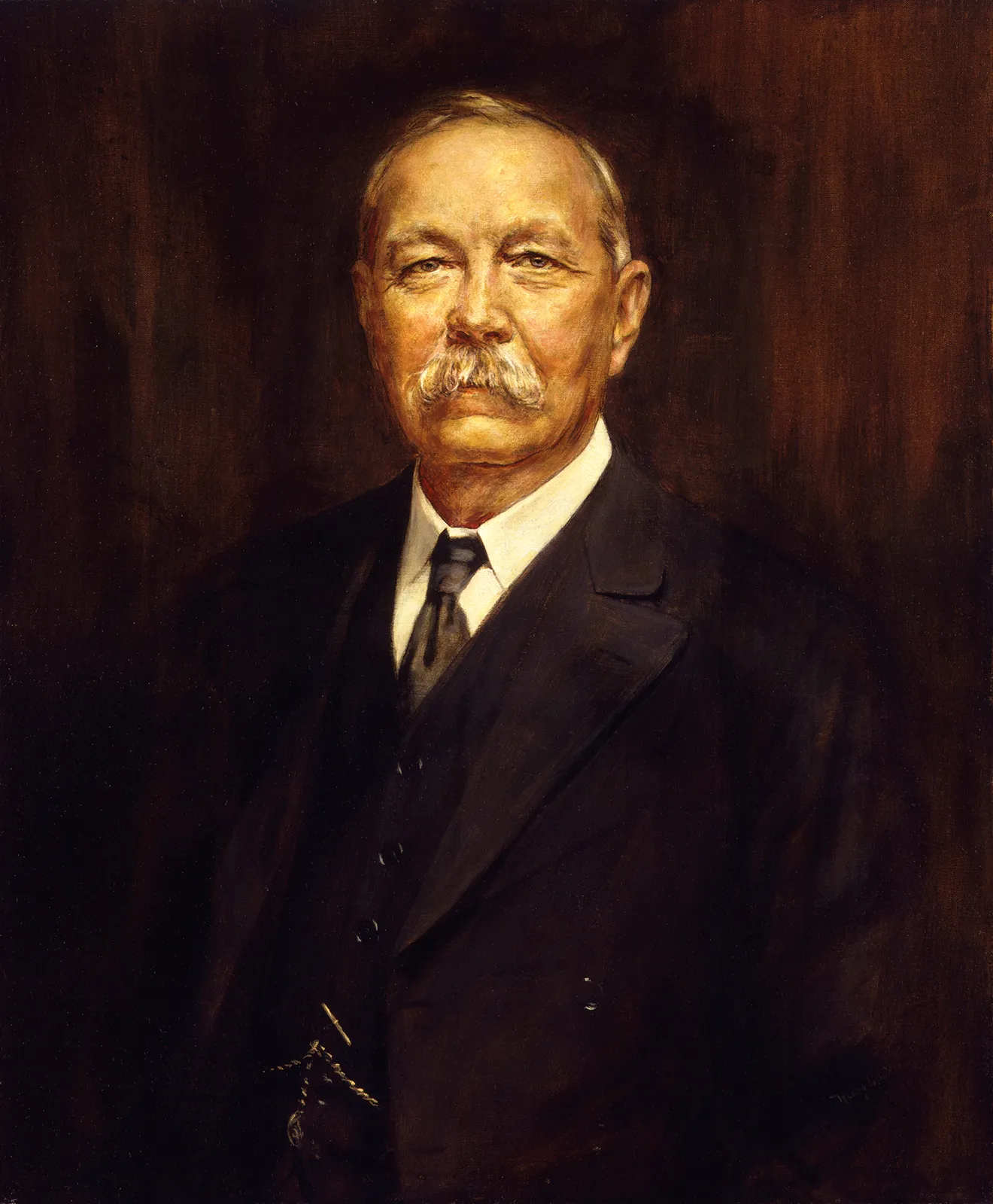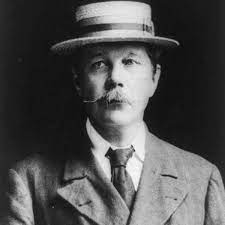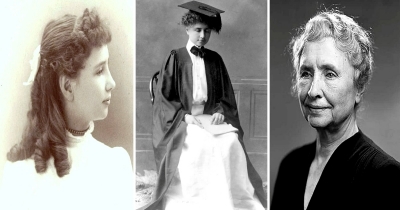What is The Wizard of Oz by L. Frank Baum about?
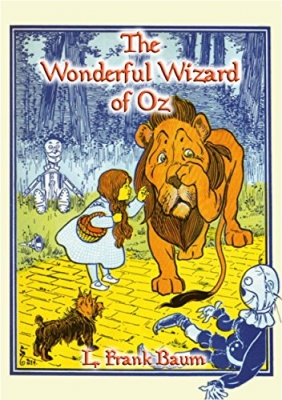
The Wonderful Wizard of Oz by L. Frank Baum is an American classic that will never grow old. Fans of all ages adore Dorothy's fantastical adventures down the yellow brick road. Let's see what makes this story relevant today.
About the author
Lyman Frank Baum was born on May 15, 1856, in Chittenango, New York, to a wealthy family. Named after one of his uncles, Lyman was the seventh of nine children. However, he never liked his first name and often when by his middle name Frank. He was a rainbow chaser, who went from one profession to another and had almost failed at everything until he started writing children's books at the age of 40.
With his flair for the theatrical, Braum tapped into his imagination to breathe life into the magical land of Oz. Upon the publication of The Wonderful Wizard of Oz (the first in the 14-book series) at the turn of the 19th Century, Baum became the first best-selling children's book author in America.
Unlike other books for children, The Wonderful Wizard of Oz was written in a pleasingly informal tone; with characters who were defined by their actions, and showcased morality more subtextually. The New York Times review of the book said that children would be "pleased with dashes of colour and something new in the place of the old, familiar, and winged fairies of Grimm and Anderson".
THE MYSTERY OF THE SHOES
According to historian Henry Littlefield, Dorothy's silver shoes in Baum's original story symbolised the American farmers' efforts to raise silver to gold's standard to put more money into circulation and make it easier for them to borrow. However, the 1939 screen adaptation of the story changed Dorothy's shoes to ruby red to take greater advantage of its colour cinematography, which was still rare at the time.
The Wonderful Wizard of Oz
The story follows a Kansas farm girl named Dorothy who ends up in the magical Land of Oz after she and her pet dog Toto are swept away from their home by a tornado. To return home, she must follow the yellow brick road towards the Emerald City and find the wonderful wizard of Oz. On her way, she comes across a straw man, a tin man, and a cowardly lion. And her new acquaintances agree to accompany her, in the hopes that the wizard can give the straw man a brain, the tin man a heart, and the lion, some courage.
What makes it classic?
A story of self-reliance Dorothy and her companions journey to the Emerald City is motivated by the need to fulfil the wishes they pin their happiness on. However, the curious thing is that throughout the story the strawman (who supposedly doesn't have a brain) comes up with good ideas the tin man who doesn't have a heart showcases a great wealth of emotions, and the cowardly lion consistently overcomes every challenge that comes along the way.
This means they already have the things they hoped for but just don't realise it until they meet the wizard. Their journey is one of self-acceptance and self-realisation that inspires us as readers to take a look within and realise our potential.
Holding a mirror to the society
Dorothy is curious, adventurous, and confident. Her character exemplifies how Baum's perception of gender was different from the people of his time. Her figuring out how to solve a problem while the men around her are dissembling, critics suggest is nothing short of revolutionary. Dorothy sets the stage for little girls to go out of the house, explore the world, and go on adventures as boys do.
Our protagonist's desire to explore the world is in direct conflict with the social expectation to accept her life as it is back home. Dorothy's guilt and fear of not fitting into the socially accepted mould of a devoted daughter is the author's way of highlighting how women have been conditioned to think that craving independence or doing anything outside the domestic domain is selfish and unruly.
More than 100 years after its publication, 70 years after its debut on the big screen, and 13 book sequels later, Oz endures because every generation reinterprets the story and aligns it with their experiences, which has led to American literary critics calling it their national fairy tale.
Picture Credit : Google
